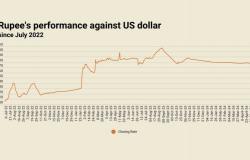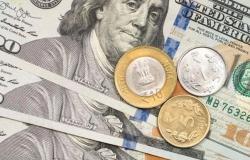What’s going on here?
The Japanese yen has plummeted to a 34-year low, now standing at 156.82 against the US dollar. As the Bank of Japan (BOJ) persists in its near-zero interest rate policy (0-0.1%), this significant drop has left analysts and investors assessing the broader impacts.
What does this mean?
While the BOJ slightly raised its inflation forecasts recently, it continues to hold interest rates steady, diverging from other major economies that are increasing rates. This discrepancy is fueling speculation of potential government interventions to steady the yen, especially as the Finance Minister has indicated a readiness to act against abrupt currency value shifts.
Why should I care?
For markets: Exploring the ripple effects of a weaker yen.
The depreciating yen is reshaping currency markets, enhancing the values of currencies like the Australian and New Zealand dollars, and altering international trade dynamics. The disparity in bond yields between Japan and the US promotes yen carry trades, strategies that could amplify if US inflation rises, potentially expanding the disparity and affecting global investment flows.
The bigger picture: Global economic shifts define currency strength.
Current trends suggest the yen might deteriorate to between 160-161 against the dollar soon. These shifts are emblematic of wider global economic realities. Both investors and policymakers must watch these developments closely, as they carry substantial implications for economic strategies and stability worldwide.





